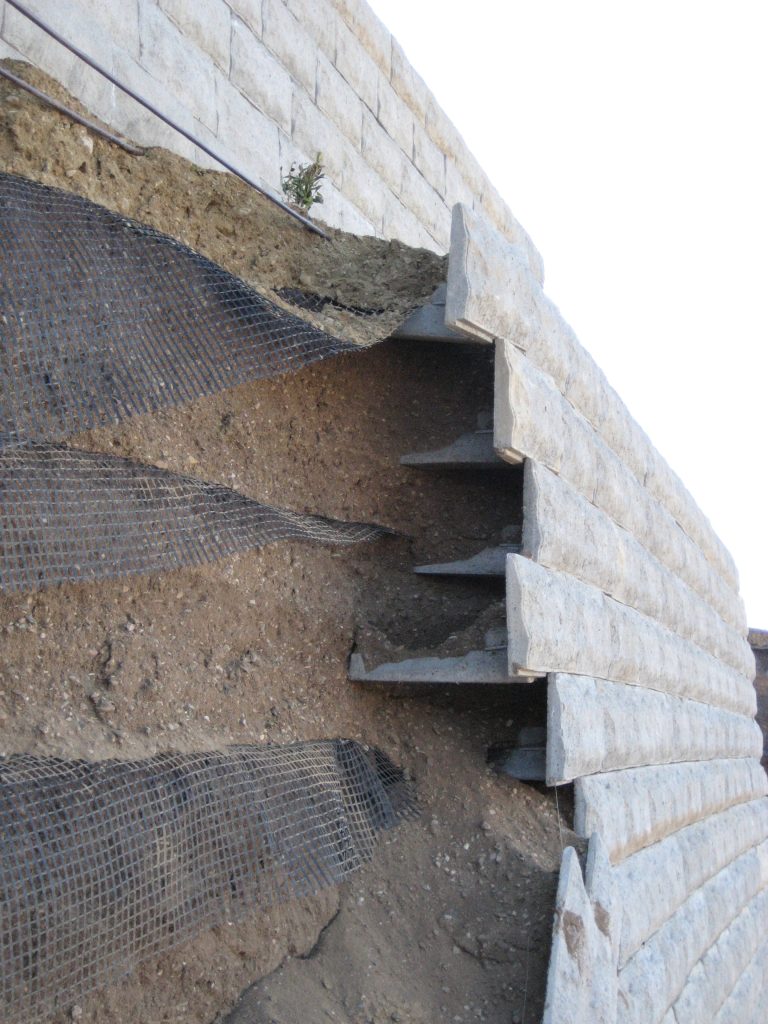Lessons Learned, Mechanically Stabilized Earth Walls, Pitfalls in Design and Construction

Due to advantages in economics, constructability, and aesthetics, the construction of mechanically stabilized earth (MSE) walls is now commonplace. An MSE wall consists of soil, reinforcement, and facing to retain earth and support overlying structures. Thirty- to forty-foot high walls are not uncommon. Reinforcement often consists of geogrids or steel reinforcement strips, while the facing commonly consists of segmental precast concrete units, gabion baskets, metallic panels, or geosynthetic facing. There are many different MSE wall construction materials, making it more important for Contractors and design Engineers to understand how the products work with the remainder of the system. For various reasons, some systems fail and require costly repair. Based on lessons learned from case studies, the authors discuss common pitfalls of MSE wall design and construction, in the form of a hypothetical case study.
Publisher
Structure Magazine